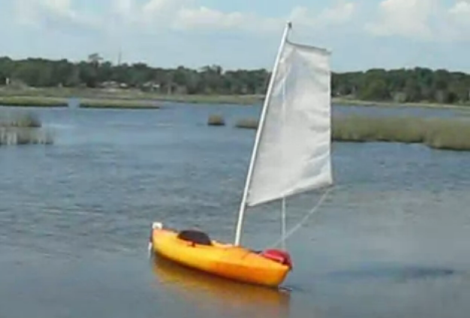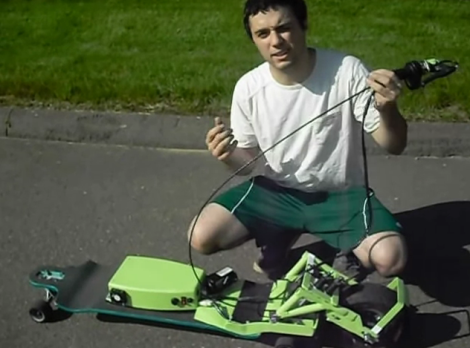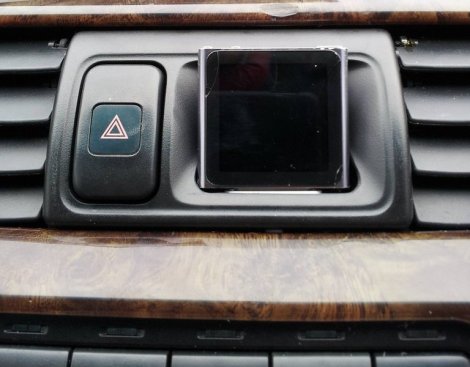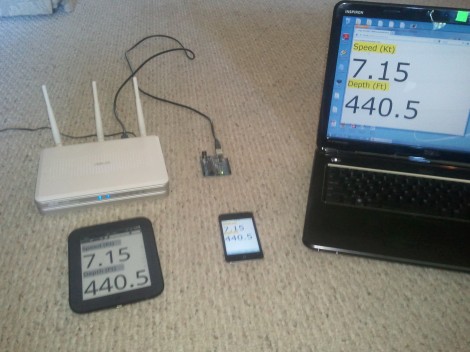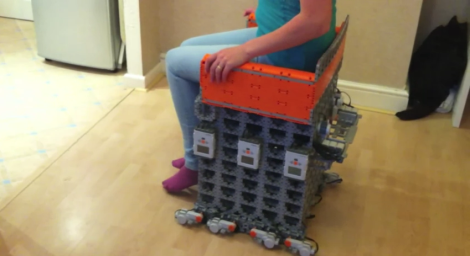
You’re certainly not going to sneak up on anyone if using this LEGO motorized wheelchair. The high-pitched whine of all those tiny motors sounds like an army of robotic mosquitoes out for blood.
Six of the LEGO Mindstorm bricks are used to drive the motors, with a seventh acting as the master. It’s not pictured above, but there is a joystick on the right hand side which allows the rider to navigate. The master brick monitors the four sensors on that joystick. It then uses a pair of motors to actuate switches monitored by the slave bricks. Each slave has one switch for forward, and another for backward and drives two motors. To get around problems with angular velocities dues to turning, all of the wheels are multidirectional.
The plan is to add Bluetooth control in the near future. The master/slave setup should make that relatively easy as it only affects one of the bricks. The idea is to facilitate Android control to the chair like we’ve seen in other Mindstorm builds.
Don’t miss the demo embedded after the break.
Continue reading “Motorized Wheelchair Built From LEGO Pieces”

